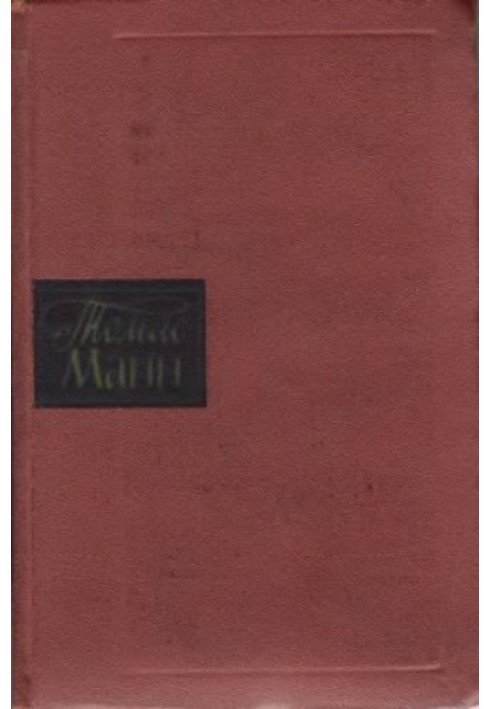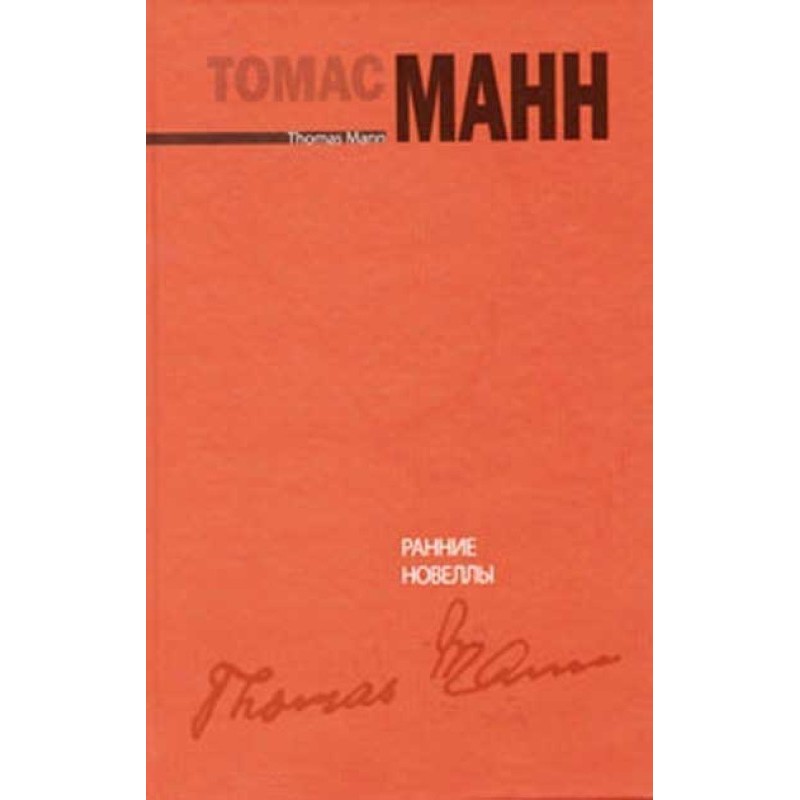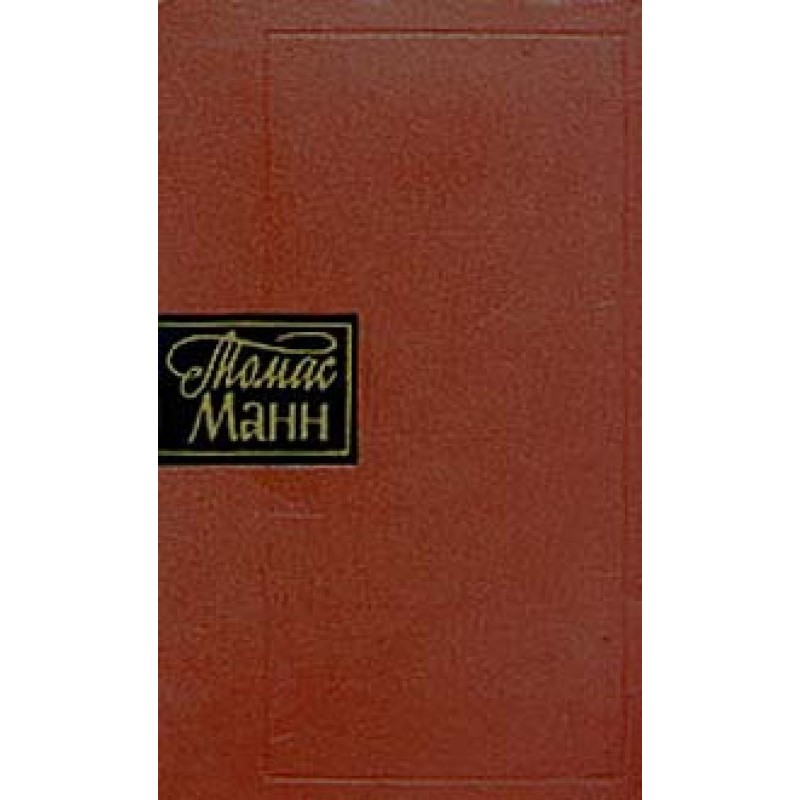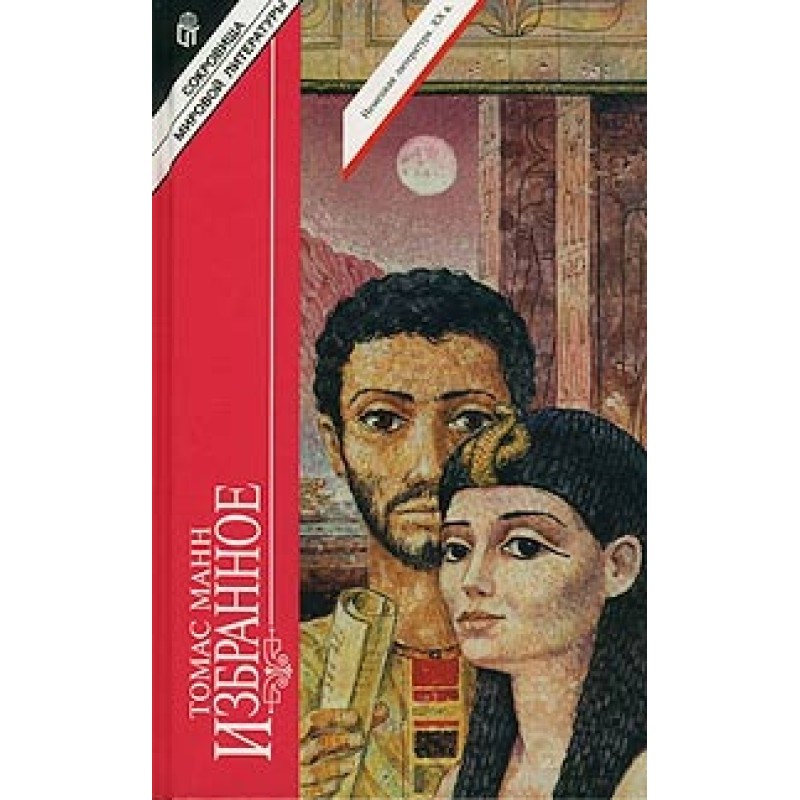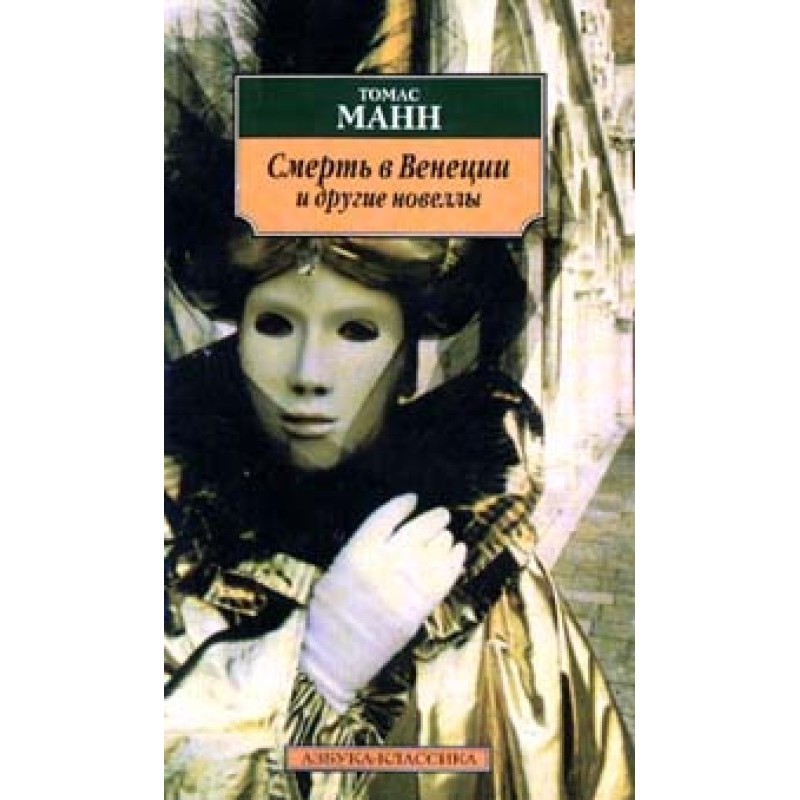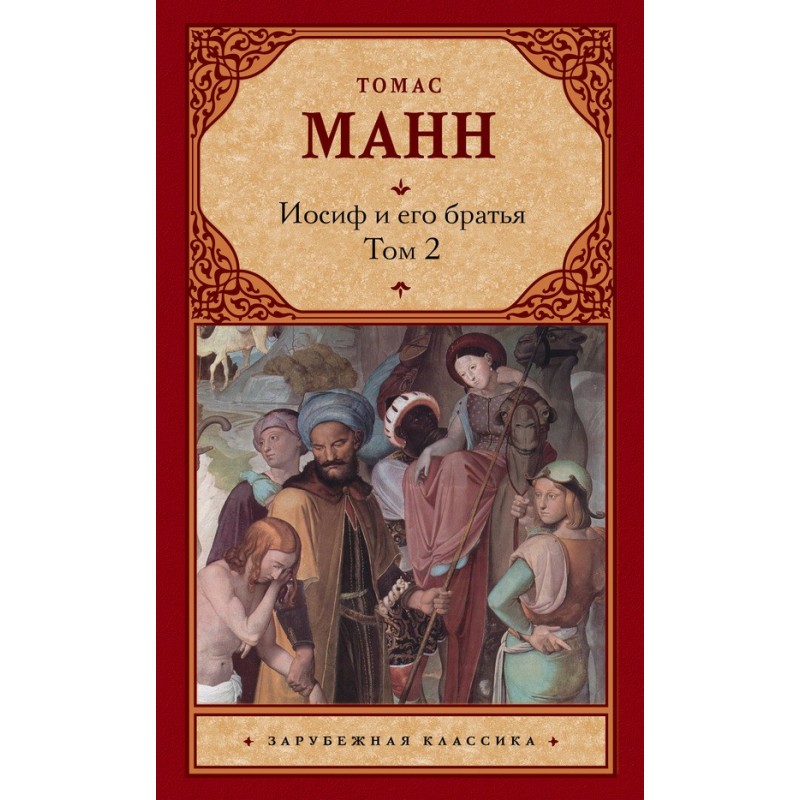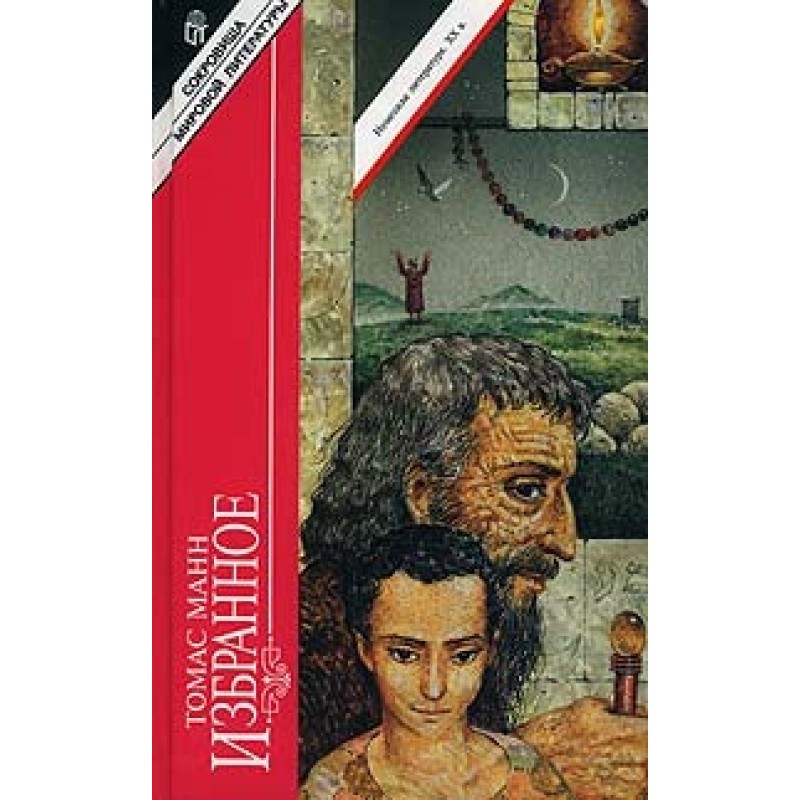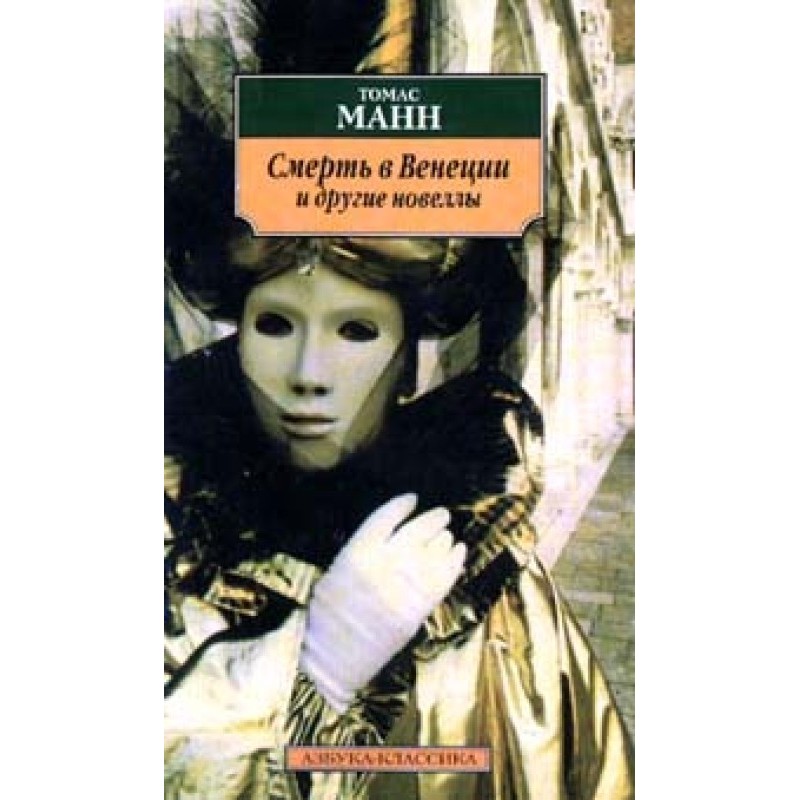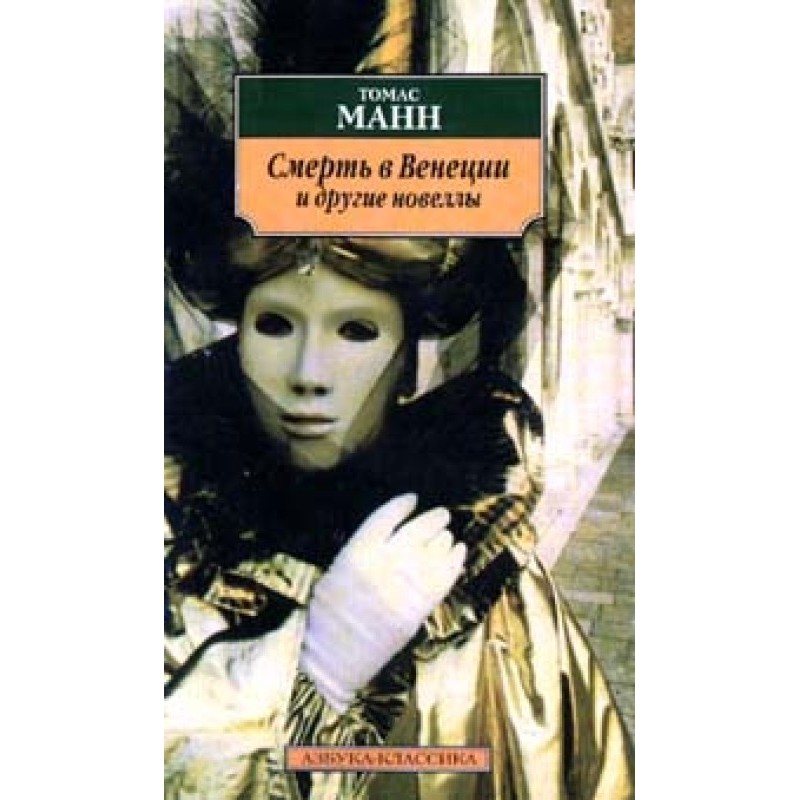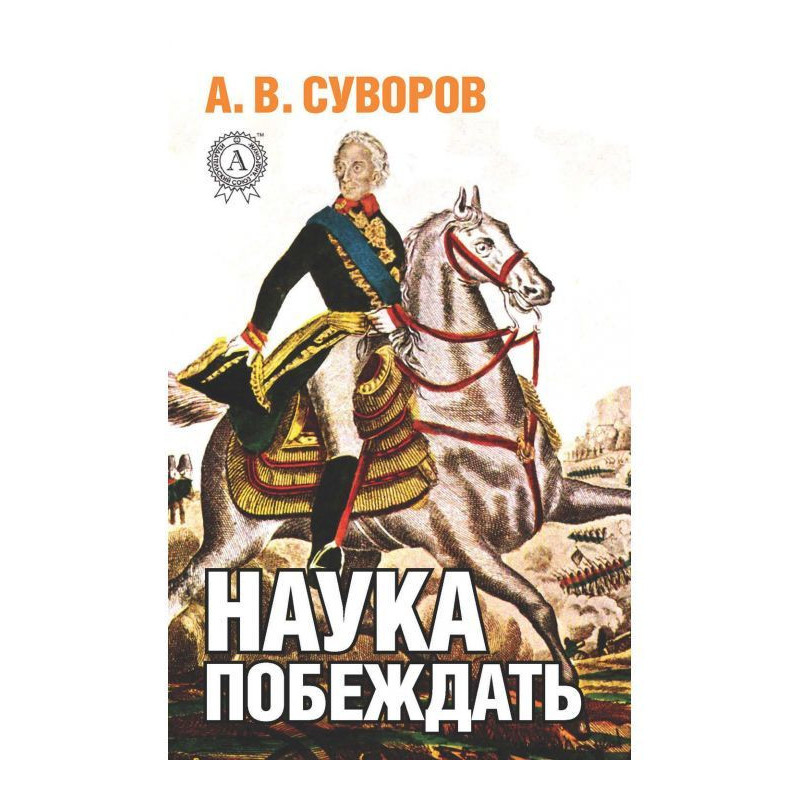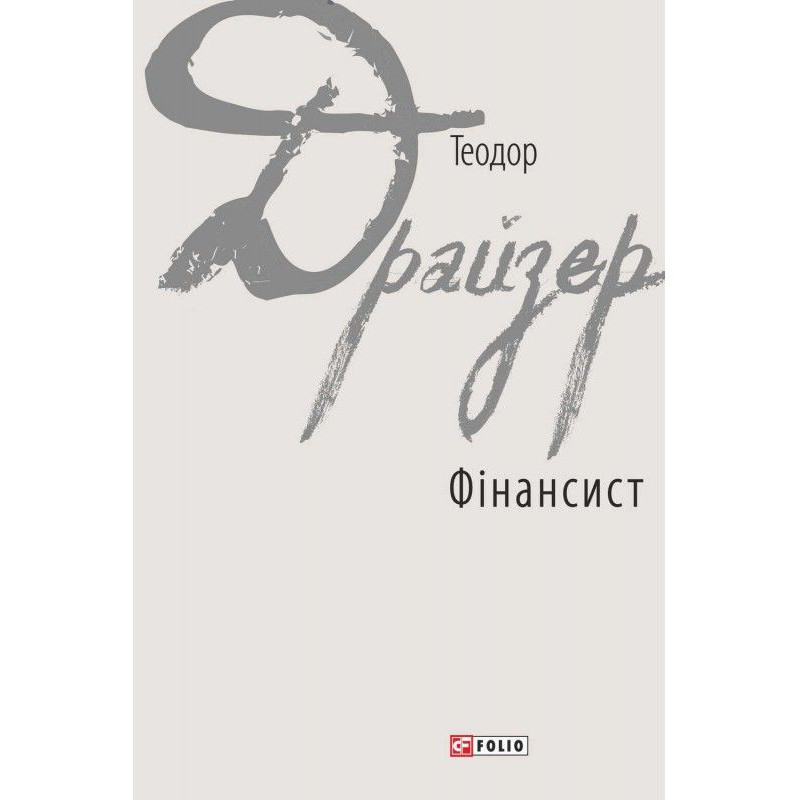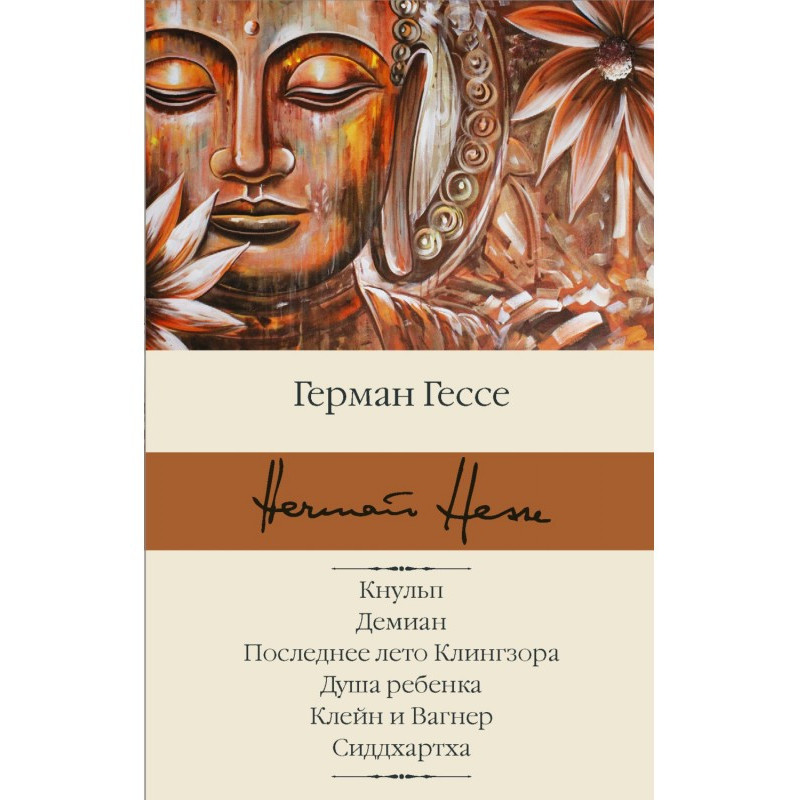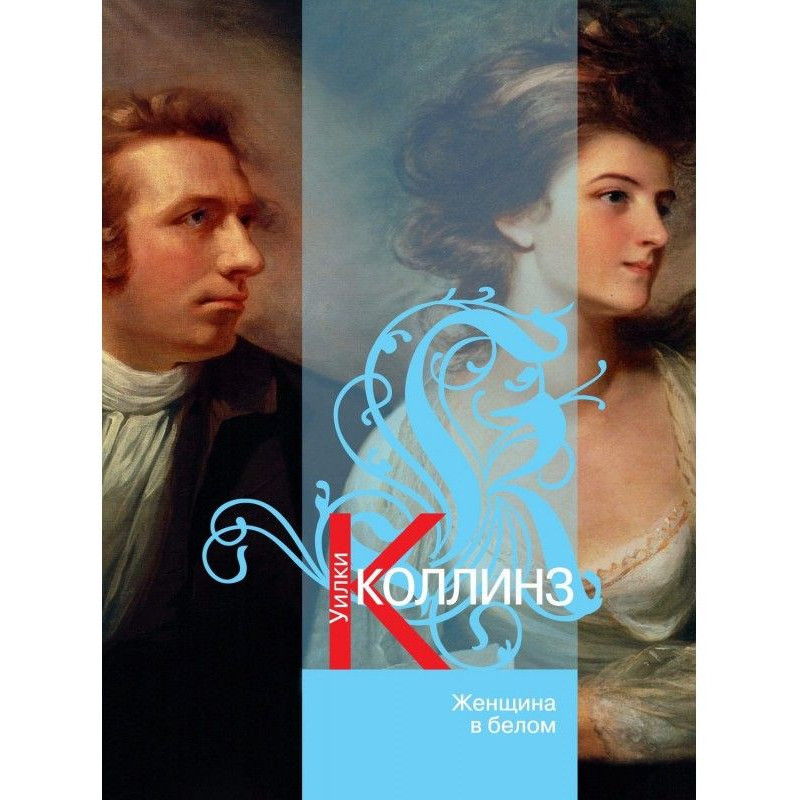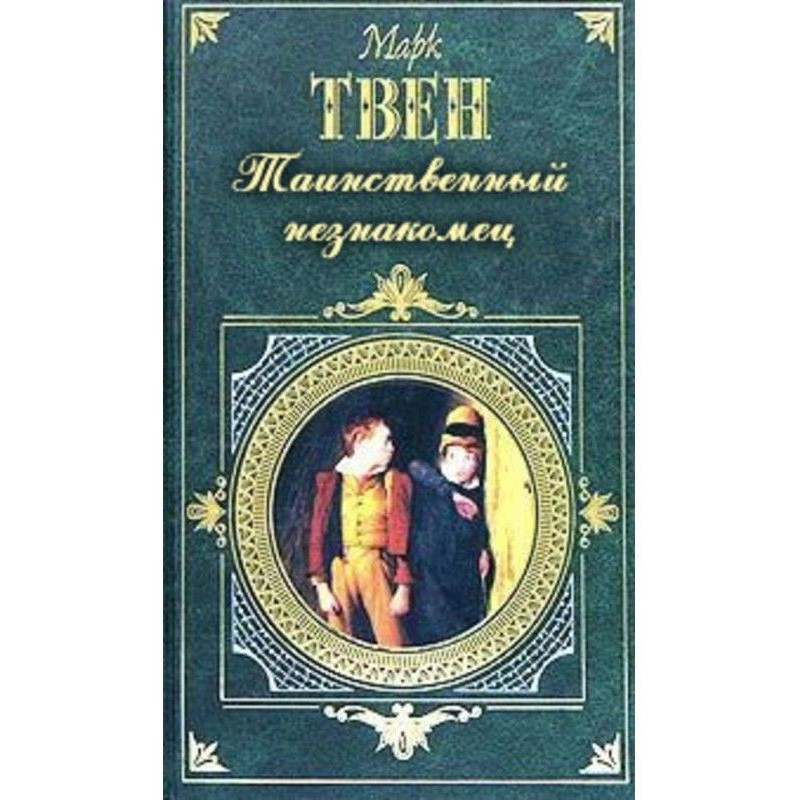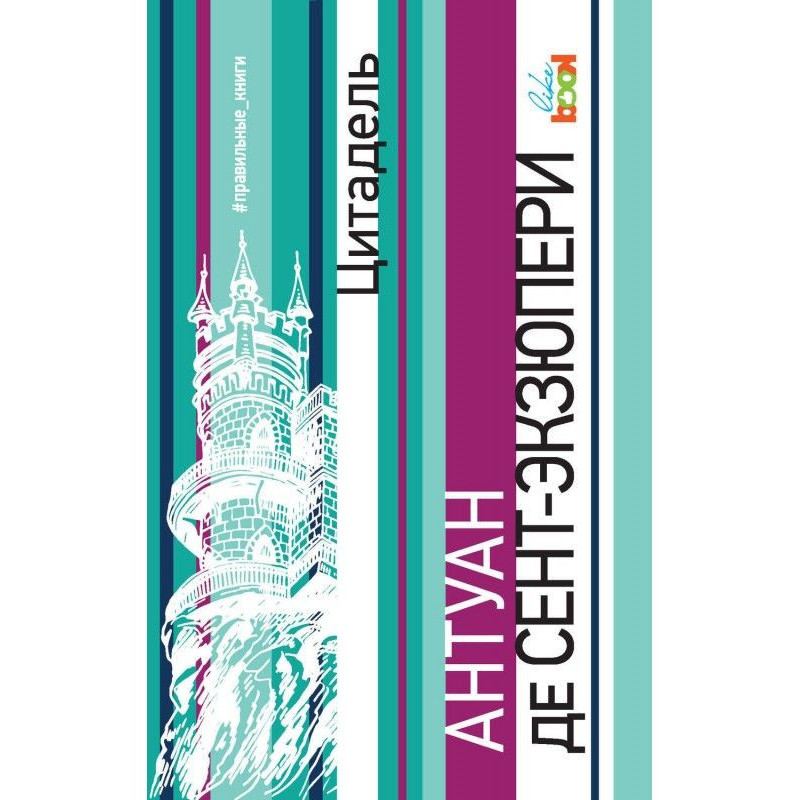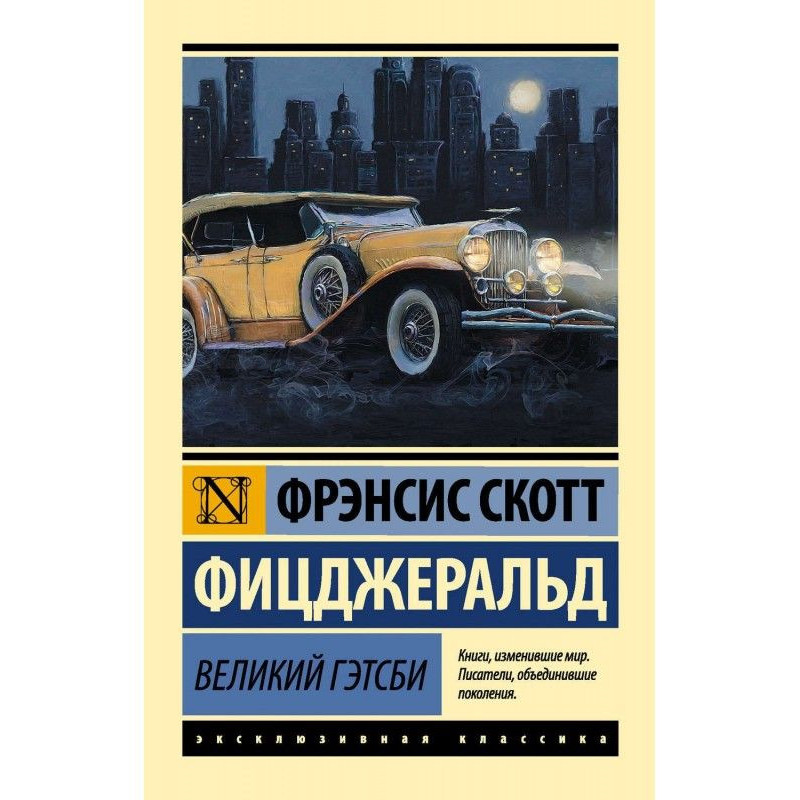Exchanged heads
 Instant download
Instant download
after payment (24/7)
 Wide range of formats
Wide range of formats
(for all gadgets)
 Full book
Full book
(including for Apple and Android)
The legend of exchanged heads has been popular in the East for a number of centuries, passing from country to country and from people to people. This legend is first found in a Sanskrit collection of the 12th century. n. e. "Shukasaptati." In the 14th century. it migrates to Iran and is translated from Sanskrit into Persian, which in those days played the same role in the East as Latin did in medieval Europe, and is published in the collection “Tuti Name” (“Book of the Parrot”) by Zia-ud-Din Nakhshabi. Soon it spreads across a number of Eastern countries. Of the numerous subsequent adaptations, the most famous is Mohammad Qadiri's Tuti Name, which appeared at the end of the 18th century. in Persian and several modern Indian languages. In the same century, the legend penetrates Central Asia in two ways - through Iran and through India. First it appears in Turkmenistan, in Arabic, as well as in the manuscript “Turki Toti Name”; it also exists in the folk art of other Turkic peoples. After the reign of the Turkic Baburid dynasty in India in the 16th–17th centuries, the legend returned to its homeland again. In connection with the development of the national self-awareness of Indians, interest in cultural and historical monuments, including “Tales of the Parrot,” is increasing. In 1803, the legend appears in Urdu, one of the most widely spoken modern Indian languages, in the book Tona Kahani by Said Haidar-Bakhsh Haidari. The last option supersedes all others and becomes the canonical text.
Data sheet
- Name of the Author
- Томас Манн
- Language
- Russian
- Translator
- Наталия Семеновна Ман

